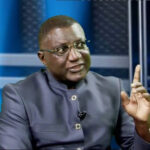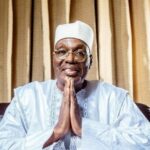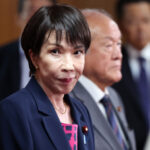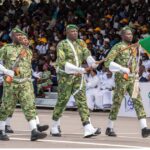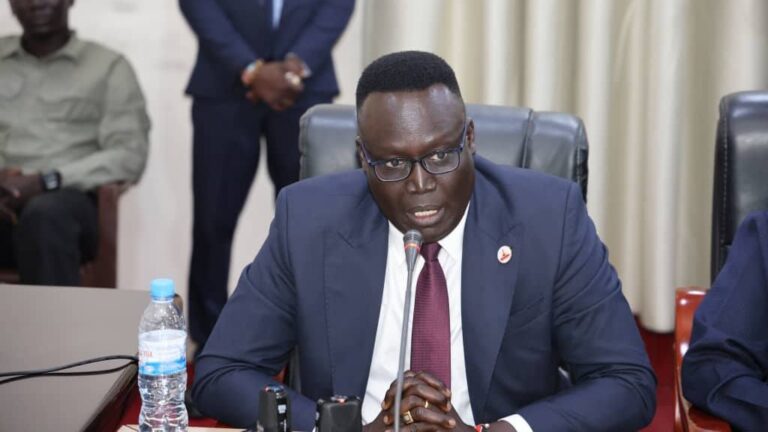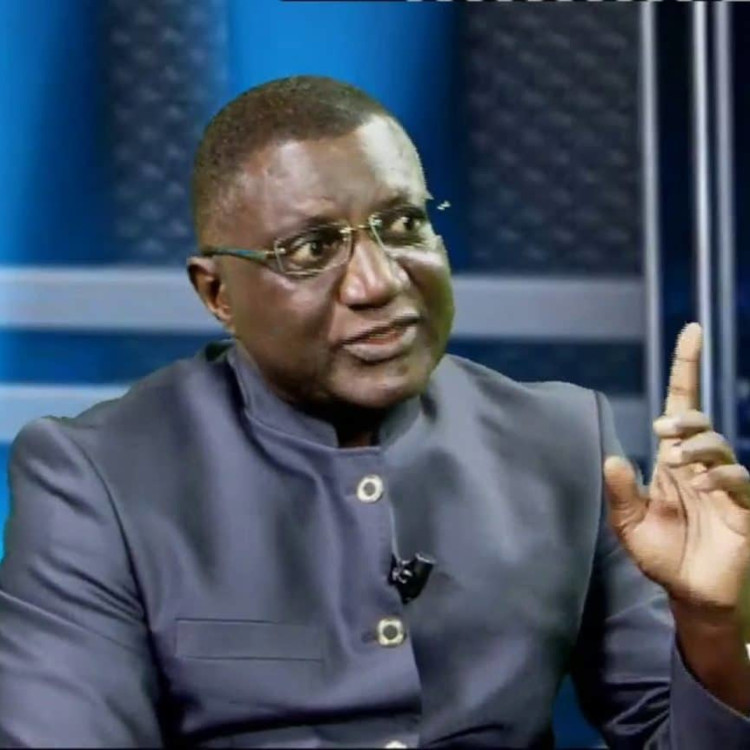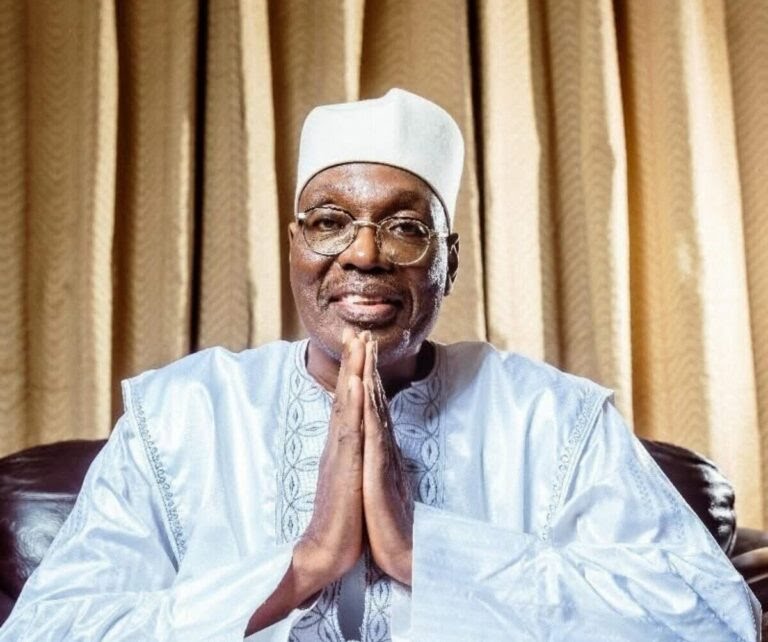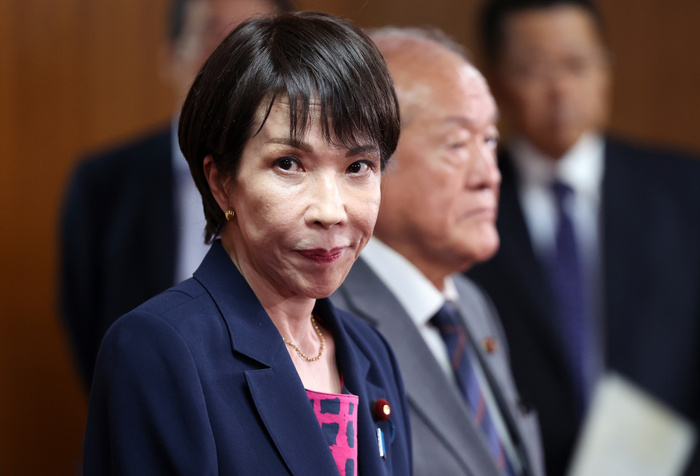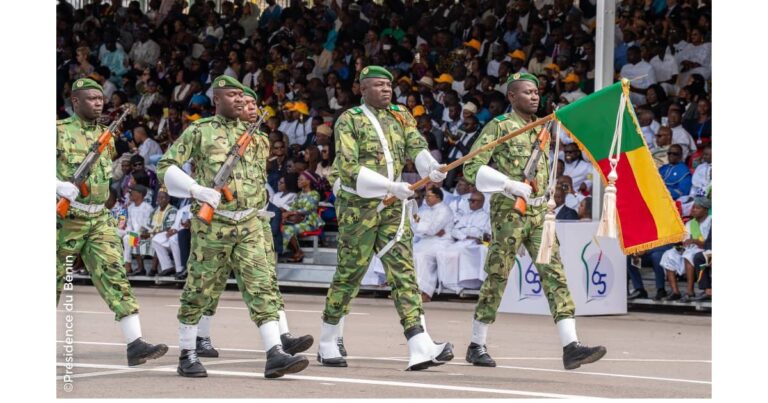Researchers say trauma is stored in the body and can be passed down through generations.
In Haymich Olivier’s ‘LAND’, which recently premiered at the National Theatre of Namibia, the protracted wounds of the indigenous population’s forced removals from Old Location found embodiment, expression and release.
Featuring the dance talent of Justina Andreas, Sandile Mondlane, Gift Uzera, Treazurique Titus, Shashitwako Muteka, Lea-Liezer Ndeiluka, Roberto Meneguzzo, Bupe Chiwala, and Maria Rengura, ‘LAND’ brilliantly employed dance as a tool to unlock memory, engage in mourning and to demand accountability.
As dancers walked, recalling the structural divisions and distances that defined apartheid’s spatial planning, the photographic archives of the time were echoed in freeze frames that paused Olivier’s ensemble.
While dancers gyrated, celebrated, resisted, swayed and made do, the contrasting vitality in response to violence and the fiery resistance born of oppression came to life in Olivier’s abstract choreography. Alternately harmonious, discordant, primal, allusive or still, Olivier’s choreography artistically navigated the complex states of being inherent in forced removal, the resulting resistance, violent oppression, indignant acceptance, enduring displacement and contemporary protest.
Andreas, the absolute stand-out of the show, mesmerized in athletic, pulsating and visceral solos, while piles of soil signified land lost, the inadequacy of current land distribution and Namibians’ enduring state of landlessness.
Then there were the ropes. Presented as a link to the past, as collective connection and as a symbol of complexity, rope also connoted the binds of apartheid’s forced labour and the system’s lingering legacy.
This, as well as an emotive and dynamic original score by sound designer Matthew Williams, were woven through a series of edgy and engulfing dance sequences, punctuated by statistical spoken word set against a static backdrop of Katutura.
In Otjiherero, ‘Katutura’ means ‘the place where we do not want to live’. On stage, the township was represented in a huddle of corrugated iron shacks, piles of soil, a loaded washing line and a community dispossessed.
Poetic in its images of sand slipping through hands, and in its representation of the endless toil of the mostly black domestic labour that is bussed in from Katutura to serve Windhoek’s affluent suburbanites, ‘LAND’ was a triumph of sound, staging, imagery and embodiment – minus a technical hiccough or two.
Contrasting depictions of spiritual and physical exhaustion with dance’s role in building community, fostering joy and resisting forced displacement, ‘LAND’ also suggested a new wave of resistance, power and purpose in the face of landlessness, land disputes and rising rent.
As ‘LAND’ is an abstract work, Olivier was concerned that audiences may struggle to connect with or understand the production. To develop the audience’s appreciation of the performance art, the renowned choreographer offered some tips on reading and experiencing dance.
According to Olivier, dance is generally read through four main elements – space, time, dynamics and body.
“Space refers to how bodies occupy, move through, and group within the performance area. Time is the rhythm, tempo, and duration of the work or its sections, including how repetition creates meaning,” says Olivier.
“Dynamics are about the movement quality – hard or soft, sustained or abrupt – and the emotions it evokes. Body refers to what the body does, where it is placed, and how it moves to evoke feeling, memory, or curiosity in the viewer.”
Ambitious, affecting and featuring notable solos by Andreas, Mondlane, Muteka, Uzera and Titus, ‘LAND’ also introduced an exciting collective with regard to the ensemble, each of whom took the stage with heart, presence and dedication.
Anyone watching would be pleased to see them again amid Olivier’s layered, intellectual, and inspired treatment of pressing contemporary concerns. And as for Olivier’s highly anticipated return to the stage, I’ll go ahead and be theatrical about things with an appreciative “Encore!”.
– martha@namibian.com; Martha Mukaiwa on Twitter and Instagram; marthamukaiwa.com
The Namibian uses AI tools to assist with improved quality, accuracy and efficiency, while
maintaining editorial oversight and journalistic integrity.
Stay informed with The Namibian – your source for credible journalism. Get in-depth reporting and opinions for
only N$85 a month. Invest in journalism, invest in democracy –
Subscribe Now!


